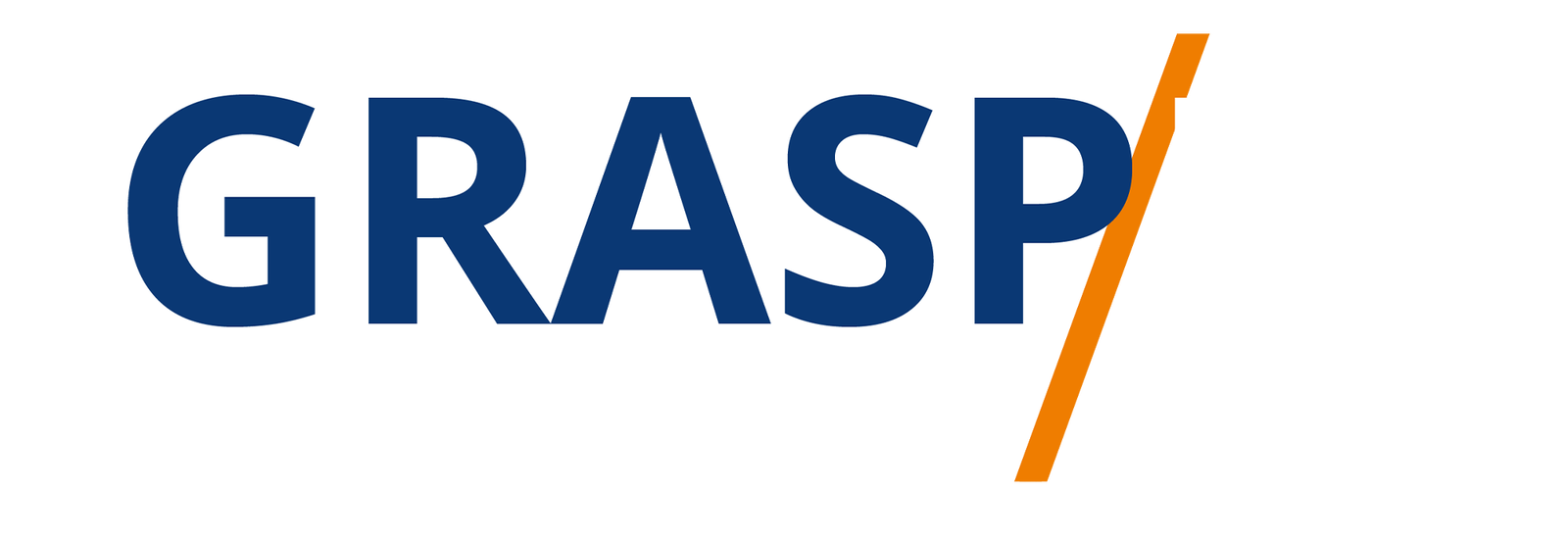Category: SEO (Search Engine Optimization):
Troubleshooting Sheet: Resolving On-Page SEO Issues
1. Title:
GRASPED Troubleshooting Sheet: Resolving On-Page SEO Issues
2. Introduction:
On-Page SEO refers to optimizing individual web pages to rank higher and earn more relevant traffic in search engines. Proper on-page SEO can significantly influence a site's search engine rankings. However, common issues can hinder a page's performance. This guide is designed to help identify and address such challenges to ensure your pages are optimized for search engines.
3. Objective:
To diagnose, understand, and rectify common on-page SEO issues affecting a web page's search engine performance.
4. Start Here:
Is the target keyword for the page clearly identified and appropriately used? Reflective Prompt: Review the content and ensure the primary keyword is present in essential areas like the title, meta description, and within the content.
5. Understanding the Issue:
a) Title Tags
- Question: Is the title tag appropriately lengthed, unique, and does it contain the target keyword?
- Prompt: Check if the title tag is within 50-60 characters and effectively describes the page's content.
b) Meta Descriptions
- Question: Is the meta description compelling, unique, and does it include the target keyword?
- Prompt: Ensure the meta description is within 150-160 characters and serves as a brief summary of the page.
c) Header Tags
- Question: Are H1, H2, and other header tags used appropriately to structure the content?
- Prompt: Verify that there's only one H1 tag, and it effectively describes the content. Subsequent headers (H2, H3, etc.) should break down topics/subtopics.
d) Keyword Stuffing
- Question: Is the content free from excessive use of the target keyword, leading to keyword stuffing?
- Prompt: Review content for natural keyword inclusion, avoiding overuse which can harm rankings.
e) Image Optimization
- Question: Are images appropriately sized, and do they have descriptive alt text?
- Prompt: Ensure images aren't unnecessarily large, slowing down the page, and that alt text describes the image's content and context.
f) Internal Linking
- Question: Are there relevant internal links within the content, guiding users to other parts of the site?
- Prompt: Check the content for opportunities to link to other relevant pages on the site, enhancing user navigation and distributing page authority.
6. Action Plan:
- Keyword Strategy: Prompt: Ensure the target keyword is naturally integrated within the content, title tag, meta description, and headers.
- Content Structure: Prompt: Use header tags appropriately to structure content and guide readers.
- Optimize Visuals: Prompt: Compress images without losing quality and ensure all images have descriptive alt text.
- Internal Linking: Prompt: Actively link to relevant content within the site, promoting longer user sessions and better content interconnectivity.
- Avoid Over-Optimization: Prompt: Ensure keyword usage is natural and avoid tactics that can be seen as manipulative by search engines.
7. Review and Adjust:
It's crucial to monitor the page's performance after making changes to gauge the effectiveness of the optimizations. Reflective Prompt: Are there improvements in the page's rankings or organic traffic after implementing the on-page SEO changes?
8. Conclusion:
On-page SEO is a foundational aspect of search engine optimization, ensuring content is both user-friendly and search engine-friendly. Addressing on-page issues promptly can lead to better search engine visibility and improved user experience. Regularly revisiting this guide and making necessary adjustments ensures that your pages remain optimized in an ever-evolving SEO landscape.
